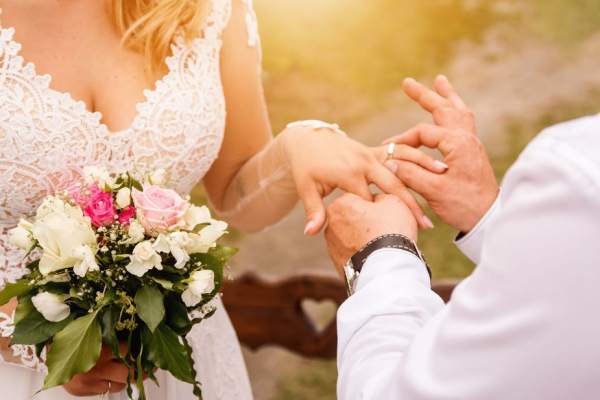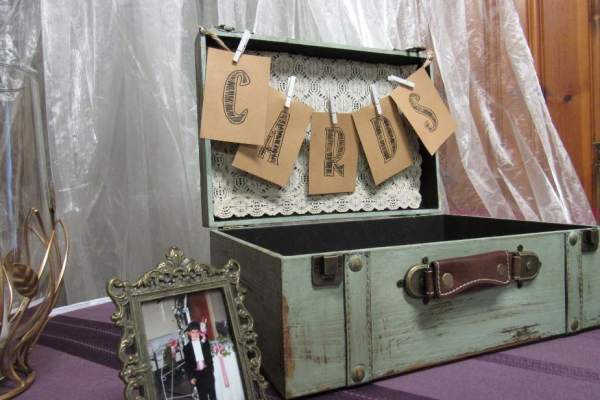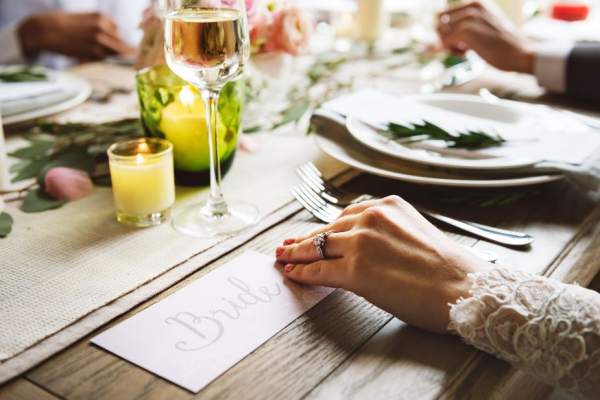Your Top Googled Wedding Traditions FAQS, Answered by an Expert
Last Updated on May 1, 2023 by Project Party
Planning a wedding can be daunting, especially when it comes to the little things. What is the appropriate way to word invitations? How do you choose the perfect song for your first dance? And what about those traditions that seem to vary depending on which part of the country you’re from? If you’re feeling lost, never fear – we’ve got you covered. In this blog post, we’ll answer some of the most common questions about wedding traditions that our readers have been wondering about. So sit back, relax, and let us take care of everything while you focus on enjoying this exciting time in your life!
The Most Frequently Asked Questions About Wedding Traditions
Here are the most common questions that brides and grooms ask about wedding traditions, along with our recommendations as to whether you should or shouldn’t do them.
What are some of the most popular wedding traditions?
At some point in the wedding planning process, every bride and groom ask themselves “should we or shouldn’t we” when it comes to traditions. Will a certain tradition anger our elders? Will following too many traditions turn our wedding into a stuffy, old-fashioned affair?
Wedding traditions can vary depending on which part of the country you’re from, but there are some traditions that are common across all cultures. One of the most popular wedding traditions is the bride wearing a white dress. Another tradition is the cutting of the cake – often, the bride and groom will take turns cutting a piece of cake and feeding it to each other.
As professional wedding planners, we get these questions all the time. That’s why we’ve compiled a list of the most frequently asked questions about wedding traditions, straight from the source: Google. We’ve also included our recommendations as to whether you should or shouldn’t do certain things, based on our years of experience in the wedding industry.
What are the 5 parts of the wedding ceremony in order?
The traditional order of the 5 parts of the wedding ceremony goes as follows: the entrance, during which the bridal party come to the ceremony; the Readings/Prayers, during which reading or prayer is recited; the Vows, during which the bride and groom exchange vows; the Exchange of Rings, during which the rings are exchanged; and finally, the Benediction, during which a final blessing is given. This wedding tradition and order is designed to create a meaningful and memorable ceremony that celebrates the lifelong commitment of marriage. While there is no wrong way to customize your own wedding ceremony, following this traditional order can help to ensure that all of the essential components are included. With these elements in place, you can be confident that your ceremony will be a beautiful and special celebration of your love.
Of course, non-religious weddings will not have a benediction, and some couples may choose to do things in a different order than what is listed above. For example, many couples choose to exchange rings before taking their vows, as this symbolizes the unbroken circle of love that they will share for the rest of their lives. There is no right or wrong way to do things, so ultimately it is up to you and your partner to decide what feels right for your wedding ceremony.
Which mother walks down the aisle first?
Traditionally, the mother of the bride walks down the aisle first, followed by the mother of the groom. However, this is not a hard and fast rule, and there are many ways to customise this aspect of the ceremony. For example, both mothers could walk down the aisle together, or the fathers could walk their daughters down the aisle. Ultimately, it is up to you and your family to decide what feels right for your wedding.
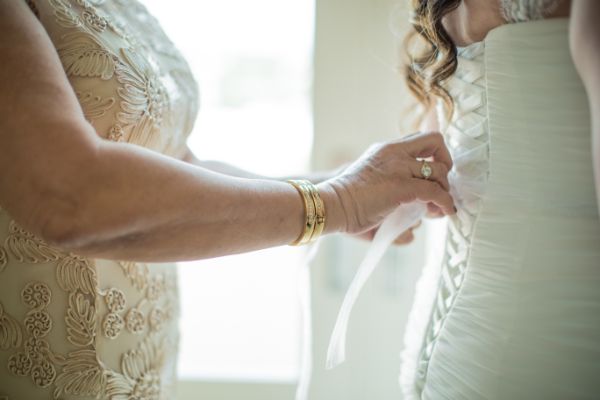
What colour does the mother of the bride wear?
There are no set rules or wedding traditions for what colour the mother of the bride should wear. However, it is generally recommended that she choose a dress or outfit that compliments the colours of the wedding, and that looks good with the bride’s dress. For example, if the wedding colours are black and white, the mother of the bride could wear a black dress with white accents, or vice versa.
Generally, it’s frowned upon if she wears a white dress, which could be seen as upstaging the bride. However, if the mother of the bride is wearing a white dress that is not too similar to the bride’s dress, it should be fine.
Who pays for the wedding in Australia?
In Australia, there is no set wedding traditions for who pays for the wedding. In most cases, the bride’s parents will cover the majority of the costs, with the groom’s parents contributing as well. However, some couples choose to pay for their own wedding. This decision is often based on financial considerations, as well as the desires of both sets of parents. For example, if the bride’s parents are unable to contribute as much as they would like, the couple may elect to cover more of the costs themselves. In other cases, the groom’s parents may be keen to play a more active role in financing the wedding.
Ultimately, it is up to the couple to decide who pays for what. With so many options available, there is no right or wrong answer. Instead, it is simply a matter of what works best for those involved.
Who usually speaks at a wedding?
At a wedding, speeches and toasts are an important part of both the ceremony and reception. During the ceremony, the officiant usually gives a short speech or message about love and commitment. The couple may also choose to have a close friend or family member speak during the ceremony. The reception is where most of the speeches and toasts take place, typically after dinner. The order of the speeches can vary but often the father of the bride, best man, and maid of honour each give a speech or toast. Depending on the couple’s preference, they may also choose to give a speech thanking their guests and sharing their love story. Overall, the speeches and toasts at a wedding are a chance to share personal anecdotes, express gratitude, and express love and support for the newlyweds.
At a traditional wedding ceremony, there are usually four people who speak: the celebrant, the bride, the groom, and one or both of the parents. However, there are many ways to customize the speeches at your wedding. For example, you could have a close friend or family member give a reading, or you could have a musical performance during the ceremony.
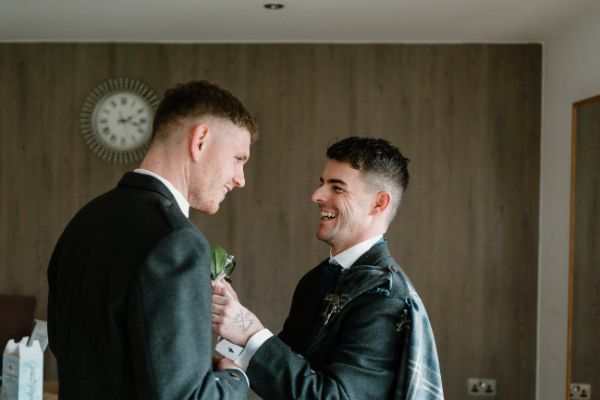
What comes first toast or cake cutting?
While the order of events at a wedding reception can vary, there are some wedding traditions that are typically followed. One of these is cake cutting. The cake cutting typically takes place before the toast and is often used as a signal for guests to begin eating. This tradition dates back to a time when weddings were much more formal affairs and the cake was considered to be a dessert course. Today, the cake cutting is often seen as more of a symbolic gesture, and many couples choose to do it before the toast so that they can share a piece of cake with their guests. Ultimately, there is no right or wrong way to do things, so couples should do what feels best for them.
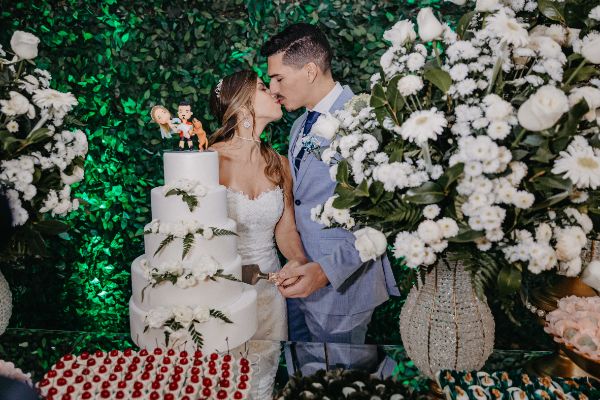
Who gives the first toast at a wedding?
Usually, the best man gives the first toast at the wedding reception. However, there are many ways to customise the toasts at your wedding. For example, you could have the maid of honour give the first toast, or you could have a close friend or family member give a toast.
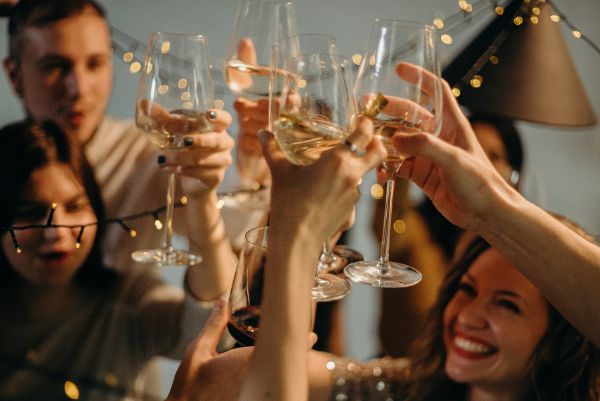
Do the groom’s parents speak at the wedding?
The groom’s parents do not speak at the wedding. But, there are many reasons to deviate from this wedding tradition, and some couples choose to have the groom’s parents give a speech. For example, if the groom’s parents are divorced and there is tension between them, it might be best to have them each give their own separate speeches.
What do the parents of the groom give for a wedding gift?
There is no set rule for what the parents of the groom should give as a wedding gift. In most cases, they will give a monetary gift to help offset the cost of the wedding. However, some couples prefer for the gifts to be more personal, such as a piece of jewellery or an heirloom.
What are some Australian wedding traditions?
Some Australian wedding traditions include the bride wearing a white dress, the groom wearing a black suit, the couple exchanging rings, and the bride carrying a bouquet of flowers. However, there are many ways to personalize your wedding, so feel free to deviate from tradition if you wish.
And, now with same-sex weddings becoming more common, there are even more opportunities to put your own spin on traditional wedding traditions. The terms of bride and groom can be replaced with partners, and there is no longer the need for one person to wear a white dress and the other to wear a black suit.
With so many weddings happening every day, it’s no wonder that couples often have questions about wedding traditions. After all, with so many options to choose from, it can be hard to know where to start! Fortunately, today’s weddings are almost fully customizable affairs, so there are no real set rules. If you have any other questions, ask your wedding planner, or do some more research. And, as always, happy planning!
Related Posts
Your Top Googled Wedding Vows FAQS, Answered by an Expert
If you're a bride-to-be, there's a good chance you've been googling wedding vows recently. After all, they are an important part of your wedding day!…
September 22, 2022
Your Top Googled Wedding Gift Etiquette FAQS, Answered
If you're attending a wedding, it's crucial to be mindful of wedding gift etiquette. Several factors can influence your gift choice, including your…
October 27, 2022
Your Top Googled Wedding Food FAQS, Answered by an Expert
When it comes to wedding planning, there are a million things to think about—and that includes the wedding food! What will you serve your guests?…
October 6, 2022
